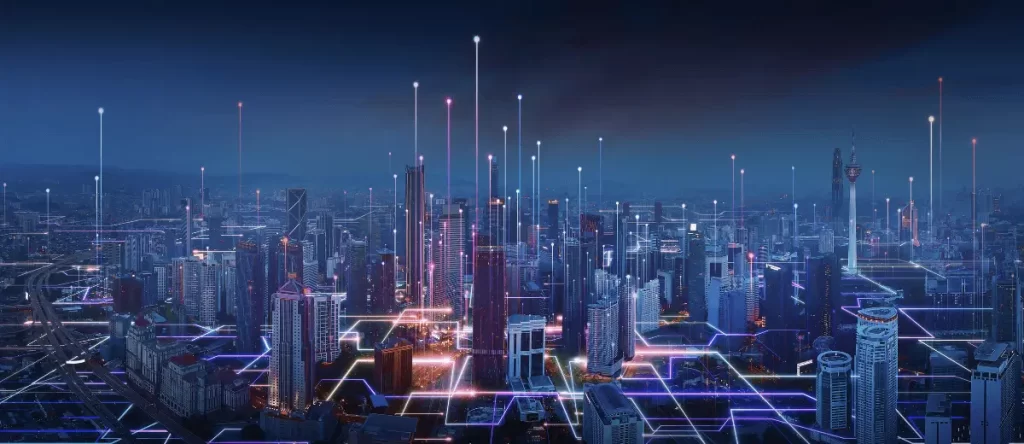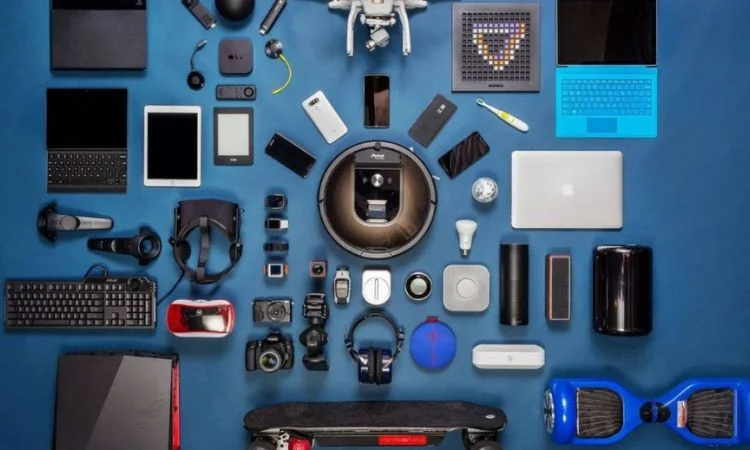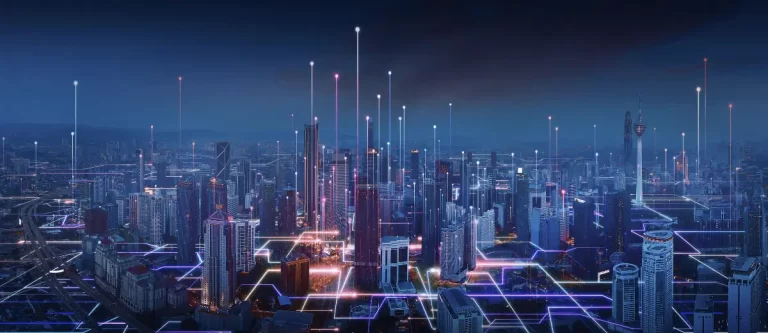
As we move deeper into the digital age, the pace of technological innovation continues to accelerate. In just five years, we’re expected to witness transformative changes across almost every aspect of daily life — from healthcare and transportation to the way we work, live, and interact with each other.
Here’s a deep dive into the biggest trends and innovations that are poised to shape our world between now and 2030.
1. Mainstream Adoption of Artificial General Intelligence (AGI)
We’ve seen rapid strides in narrow AI — the kind that powers smart assistants, customer service bots, and language models (like me!). But the next five years could bring us closer to Artificial General Intelligence (AGI) — systems that can perform a wide range of intellectual tasks as well as, or better than, humans.
AGI has the potential to revolutionize industries. Imagine AI capable of medical diagnosis, legal consultation, and scientific research — all in one system. This type of intelligence could help accelerate drug discovery, automate complex engineering processes, and even assist in ethical decision-making.
However, with this power comes risk. As AGI becomes more capable, global tech leaders are already pushing for responsible development, governance frameworks, and safeguards to ensure safe use.
2. Quantum Computing Becomes Commercially Viable
Quantum computing has long been regarded as the next big frontier in computing. And now, with companies like IBM, Google, and D-Wave making tangible progress, it’s likely that by 2030, we’ll see quantum computing emerge from the labs and into practical use.
In the next five years, quantum computers could:
- Break current cryptographic systems
- Optimize supply chains at an unprecedented scale
- Simulate molecular behavior for pharmaceutical development
- Analyze vast financial markets in real-time
Governments and corporations are investing billions to secure quantum advantage, and early-access cloud platforms like Amazon Braket and Microsoft Azure Quantum are already giving researchers a head start.
3. Hyper-Personalized Healthcare and Wearable Tech
By 2030, your body might be the best doctor you’ll ever have — thanks to the surge in wearable tech, biometric sensors, and AI-driven diagnostics.
Smart rings, skin patches, and even implantable chips will collect real-time data on heart rate variability, blood glucose, sleep cycles, hormone levels, and more. This data will be interpreted by AI models to predict illnesses before symptoms appear.
Additionally, gene editing technologies like CRISPR are advancing fast. Within the next five years, personalized medicine based on your genetic code could become widely available, enabling treatments tailored to your DNA.
4. Fully Autonomous Vehicles Hit the Roads
While Tesla, Waymo, and Cruise have made headlines with self-driving tests, fully autonomous vehicles (Level 5) are likely to become reality by 2030 — and possibly sooner in controlled urban zones.
Key developments expected:
- Widespread robotaxi services
- Self-driving delivery vehicles
- Cities redesigning infrastructure for autonomous traffic flow
This transition won’t just revolutionize transportation; it will redefine urban design, reduce accidents, and even shift auto ownership trends toward shared mobility.
5. The Rise of the Spatial Web (Web 4.0)
Web 3.0 is about decentralization and blockchain. But what’s next? Web 4.0 — the Spatial Web — will blur the lines between physical and digital reality.
Imagine putting on augmented reality (AR) glasses and having your surroundings layered with digital data. Street signs become interactive maps. Your living room becomes a holographic meeting room. Shopping online becomes as immersive as being in a store.
Companies like Apple (with Vision Pro), Meta, and Niantic are already building AR ecosystems, while cloud computing and 6G will enable real-time interactivity across virtual and physical spaces.
6. Sustainable Tech and Energy Revolution
Climate change is one of the defining challenges of our time, and technology is poised to play a central role in solving it.
Key innovations on the horizon:
- Green hydrogen for heavy industry and aviation
- Solid-state batteries for longer EV ranges
- AI-powered energy grids that optimize renewable sources
- Carbon capture tech integrated into city buildings
We’ll also see a massive uptick in solar roofs, smart homes, and carbon-neutral data centers as sustainability becomes a norm, not a luxury.
7. Brain-Computer Interfaces (BCI)
Once the stuff of sci-fi, brain-computer interfaces are inching toward reality. Companies like Neuralink, Synchron, and Kernel are working on devices that allow direct communication between the human brain and computers.
By 2030, BCIs could allow users to:
- Control devices using just their thoughts
- Communicate without speech (ideal for those with neurological disorders)
- Enhance memory, learning, and even creativity
Though still in early stages, expect more clinical trials, regulatory approvals, and initial consumer rollouts by the end of the decade.
8. 3D-Printed Everything (Including Organs)
The potential of 3D printing continues to grow exponentially — from printed homes and prosthetics to food and pharmaceuticals.
But perhaps the most game-changing area is bioprinting. Scientists are making remarkable progress in printing human tissues and organs. Within five years, we might see:
- Functional 3D-printed organs used in transplants
- On-demand skin grafts for burn victims
- Personalized medicine printed at local pharmacies
This tech will not only save lives but dramatically reduce the need for donor organs.
9. The Creator Economy 2.0
With AI tools becoming more accessible, the creator economy is about to explode. In the next five years:
- AI will co-write novels, screenplays, and video scripts
- Generative tools will produce realistic art, music, and films
- Personalized virtual influencers will dominate social media
- Platforms will shift toward creator ownership via blockchain/NFTs
Whether you’re a TikToker, YouTuber, podcaster, or indie game dev, the tools of the future will empower you to do more — faster, smarter, and with fewer gatekeepers.
10. Universal Translation and Global Communication
Language barriers will soon be a thing of the past. With real-time AI translation embedded into earbuds, glasses, and mobile devices, we’ll be able to speak and understand almost any language instantly.
Imagine:
- Seamless global collaboration
- Traveling anywhere without language anxiety
- Borderless access to education and culture
Google, Meta, and OpenAI are at the forefront of building multilingual models capable of translating voice, text, and even slang in real-time.
Final Thoughts
The next five years will be transformative. As these emerging technologies mature, they won’t just alter industries — they’ll change how we live, think, and connect as humans.
Of course, with these innovations come big questions: How will privacy be protected? Will AI eliminate or create jobs? Who controls access to these powerful tools?
At First to Report, we’ll be following these developments closely. Whether you’re a tech enthusiast, an entrepreneur, or simply curious about the future, stay tuned — the best is yet to come.



